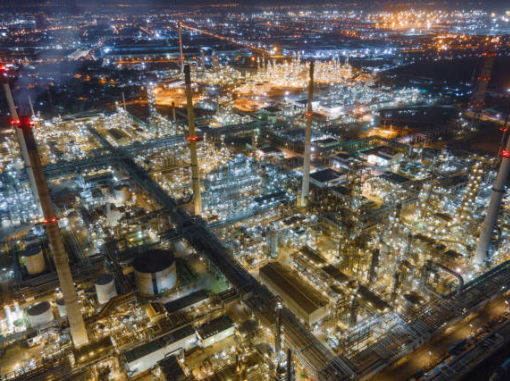Roll forming machines are used in various sectors to produce precise, durable, and cost-effective metal profiles for different industries.
1. Construction and Infrastructure
- Roofing and Cladding: Roll forming machines produce roofing panels, metal cladding, and building envelopes used in commercial, industrial, and residential buildings.
- Structural Steel: Machines manufacture components like beams, purlins, studs, and decking used in building frameworks and bridges.
- Metal Decking: Production of metal decking for floors and roofing in large-scale construction projects.
2. Automotive Industry
- Roll forming is used to create vehicle structural parts such as chassis rails, roof rails, door frames, and bumpers, offering lightweight yet strong metal components.
3. Highway and Transportation
- Guardrails and Barriers: Roll forming machines produce highway guardrails and safety barriers to improve road safety.
- Sign Posts and Lighting Poles: Machines manufacture poles and posts for road signs and street lighting.
4. Energy Sector
- Solar Energy: Roll forming machines produce mounting systems for solar panels and metal roofing solutions for solar installations.
- Oil and Gas: Used to manufacture pipelines, tubing, and structural components required in drilling platforms and refineries.
5. Agriculture
- Roll forming machines help produce components for storage silos, agricultural machinery, and metal building structures used in barns and storage units.
6. Marine Industry
- The production of corrosion-resistant metal components like hull frames and reinforcements for ships and offshore platforms is supported by roll forming machines.
7. Renewable Energy
- Roll forming is essential in fabricating metal profiles used in wind turbine towers and solar farm mounting systems.
8. Residential and Commercial Buildings
- Window and Door Frames: Roll forming machines create precise and durable metal frames for windows and doors in residential and commercial structures.
- Pergolas and Patios: Used to manufacture metal profiles for pergola covers, carports, and patio systems.
9. Cold Storage and Insulation Systems
- Machines produce metal panels used in insulation systems for cold storage facilities in food processing and pharmaceutical industries.
10. Aerospace Industry
- Roll forming contributes to the production of lightweight, durable metal components used in aircraft frames and parts.
11. Dry Lining and Interior Systems
- Machines produce steel framing systems for drywall partitions in interior construction projects, popular in the dry lining industry.
12. Metal Building Industry
- Roll forming machines are heavily utilized in the prefabrication of metal building components like structural frames, wall panels, and roof trusses.
These sectors represent just a few of the diverse applications for roll forming technology, demonstrating its versatility and critical role in modern manufacturing.




